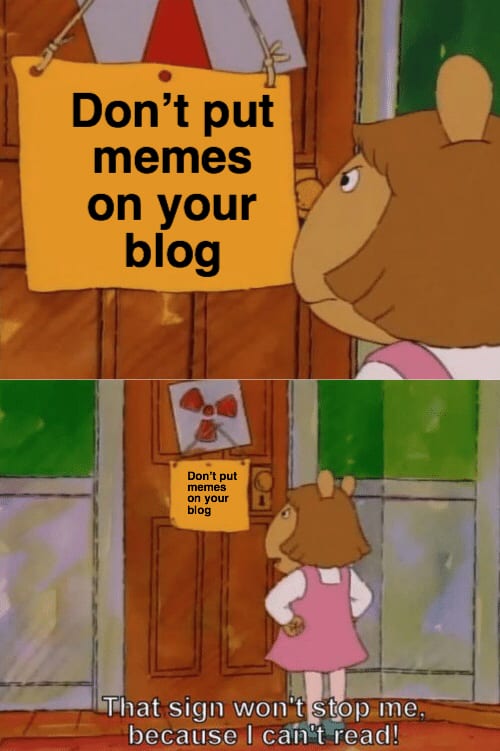I’d Like To Phone A Friend
I’m back! This time, with graphs! We did a math unit on graphing linear equations. We got to look at three different cellphone plans and graph out what’s going to be the cheapest if you go over on data and over on call minutes.
Let’s start with the basics:
So, upfront, it looks like PC Mobile is the most expensive, and Freedom is the cheapest. This is where a lot of people mess up with cell phone plans, because they don’t look into overage costs (Which surprisingly doesn’t mean you get charged if you’re over 18). Because, let’s take a look at the cost for going over on call minutes:
Freedom stays cheap, yeah. But Koodo quickly becomes expensive if you go over 12 minutes of talk time. This is why you get unlimited call and text, people. This is why!
Heres another thing: data. So many people use to to quickly google that one word, or look up Tom Hardy’s instagram. But it’s so easy to go over on data and the companies sneak in those extra costs:
Freedom doesn’t have any data, as shown. But if you’re on Koodo, those charges are piling up quickly, despite starting out cheaper. So, let this be a lesson: READ THE FINE PRINT ON YOUR CELL PHONE PLANS!
All in all, if you use data, probabky go with PC Mobile. If you don’t, Freedom is fairly cheap!
As always, I worked with the Wonderful Willa on this. I hope you learned a bit about graphs and stuff!
Read you later!
Sincerely, Me
BC Tech Summit: It’s An Experience
So as a class, we went to something called the BC Tech Summit. It’s a three day conference held in Vancouver that has a bunch of really cool nerdy things. There were speakers (whom I will talk about later), universities showing off programs, just generally some cool projects, entrepreneurs, and so on. We got to go to Youth Innovation Day, which gave us a one day experience of all of the cool things. Let’s dive in.
As I mentioned before, there were speakers. I think my favourite was Brent Bushnell, who was pretty much the coolest engineer ever.
He talked a lot. But honestly, it was so interesting it felt like five minutes. He covered everything from VR and how it can be improved with video games, to education. A fun fact he gave us: 65% of schoolchildren will be employed in jobs that don’t exist yet. Isn’t that crazy? To think that I could be doing a job that right now doesn’t even exist. That’s so cool to think about. Another thing: he helped make the really cool Okay Go Rube Goldberg Machine video that I am OBSSESSED with.
The other speaker was Andy Bird. First of all: great hair. He is a professional wrestler, which sorta made me wonder what he had to do with tech. But he was talking more about being motivated to go do what you’re passionate about, and to never give up. He told us a bit of his back story, about how he was homeless at 14 and wanted to become a wrestler. And, soon enough, he was the heavyweight champion for 441 days. Awesome!
After the morning session of speakers, we got to talk to a guy from Microsoft! The room wa sreally loud and we were at a table of people, but talking to him was really cool. I asked him about how his job is helping improve education, and we luckily got it recorded:
Also, there were universities there. They talked a lot about how technology was helping them with their education. One of the cool ones was a 3D scanner I saw. It helped scan a car engine, and then made a digital model that students looking to be mechanics could learn to take apart and build up again. There was also the weird baby birthing robot that simulated birth. It was… something.
All in all, the Tech Summit was really cool! I would go again next year for sure.
Read you later
Sincerely, Me
Turns Out Captain America Can Only Teach You So Much
Moving forward in history in socials, we studied World War II. World War II is something I know a bit more about, most likely because of my obsession with Captain America. But really, it turns out I only knew the basics: Hitler rose to power, wasn’t a great guy, America and Britain defeated him, the end. This unit opened my eyes to everything. The battles, the politics, economy, civilian life.
For this unit, we chose to focus on perspectives. When we learn about the war usually, it’s always from the one perspective of Canada doing everything right and Germany doing everything wrong. But we wanted to capture everyone’s perspectives.
To start off, we had to take a survey. This survey asked us what country we wanted to research. There was an option at the bottom that caught my eye: choose your own. I noticed there was a country that wasn’t on there that interested me:
Thats right, I got to study America’s role in WWII. It turns out there was a lot I don’t know (Captain America comics can only teach you so much). This project had a lot of elements. Let me break it down for you:
Literature:
In class, we each had to pick a book about WWII. There were three options: All The Light We Cannot See, Code Name Verity, and Unbroken. All three are amazing books, but I chose Code Name Verity. It’s very compelling, an excellent read about a female spy in the war. I actually already did a book review on it, so you can read that.
Helmut:
This part was actually really cool to me. We got a WWII veteran in to talk to us. Though, not only was he a veteran, but he was a German soldier who went to Hilter Youth. His name was Helmut, and he lives in Canada now. Going back to the idea of perspective, it was really interesting to hear him talk about what it was like to be in Germany. We got to make podcasts, which link in to the final (and most important) part of the project.
The Website:
That’s right: we made a website! This is going to be the longest part, so buckle in. We made a website called PerspectivesOfWW2, which has different pages for each country involved in the war, give or take a few. Most people got put into groups to complete this part of the unit, though myself, Calum, and Isobel were titled ‘independents’, because we were working on our own. This means: all the research, all the media searching, all the citations, and the page design was all done by one person. Personally, I think we did really well.
The research was one of the hardest parts for me, because we had to do citations, which involved us saving the link to put into the citation, as well as mark stuff like who wrote the article, when I accessed it, who the publisher was, etc. I think it’s worth mentioning that my timeline took about a day to do (I had to cut it down a lot).
We got critique from Cathleen Barter, who was actually our teacher’s teacher. It gave us a chance to revise some things, and fix some facts. If you’d like to see the full website, click here.
For the independents:
This was a really great way to learn about WWII from all perspectives, and I feel like I got a lot out of it. In BC, we only really learn about Canada. It was cool to see all the different perspectives of the war. The idea of having to publish this to the world gave the added pressure of double checking everyone was right, which is good (because now everything about America in WWII is engraved into my brain). I liked this style of learning, I hope we do more projects like this in the future.
Read you later
Sincerely, Me
It’s Hard To Generate Blog Post Names
So for this unit in science, we focussed on energy and how to get energy in nature. Personally, I don’t know much about all this stuff. But, I got assigned to a group that helped me learn a lot more about it. Our task: we had to make a generator that could produce power from nature, and then create an advertisement about it.
If you go all the way back to grade eight, we know bout advertisements. The bigger issue for me was learning about how to generate energy. Turns out it’s fairly simple. We had a hand crank generator, which spun a mini motor inside which helped power some LED lights. We went through a few prototypes of our generator. First with spoons, then we used plastic containers and wood:
The current of the river got caught in the containers, which then spun the motor inside and lit up the lights. But just how much energy did it produce?
This is when we got into the math. We had to make a graph about how many joules the generator would make, and how long it would take to charge an iPhone. An iPhone takes 1800 joules to charge, which would normally take around 2 hours and 40 minutes in an outlet. Our generator only produced 24 joules ever 20 minutes… so if you wanted to charge your iPhone, it would take around 25 hours. Happy waiting.
The advertisment was the easiest part. We filmed the generator spinning, and added in a few statistics, and then filmed. Ryan played a character called electro boy. It was a good time.
As always with these posts, I gotta add in the mind map.
At the beginning of the unit:
At the end:
Read ya later
Sincerely, Me


















